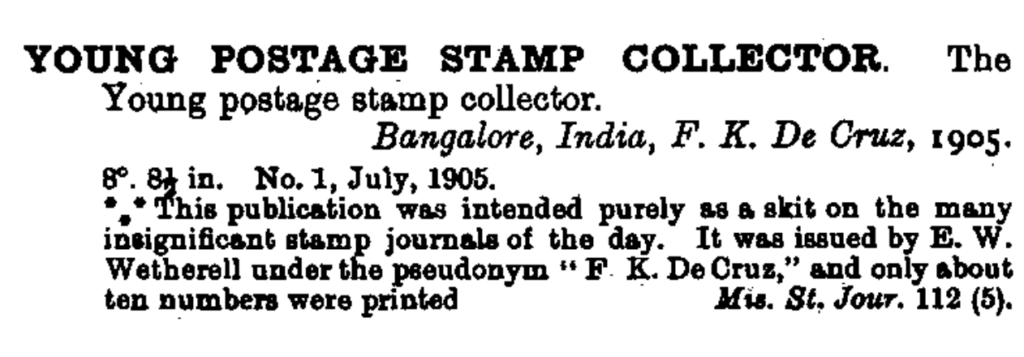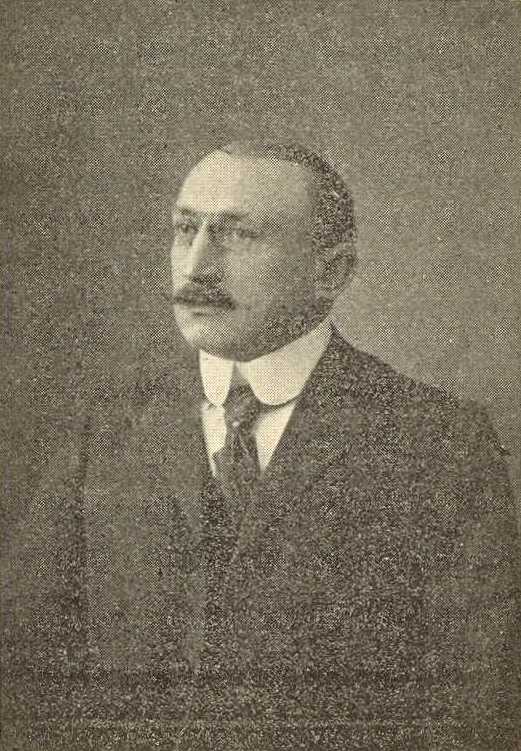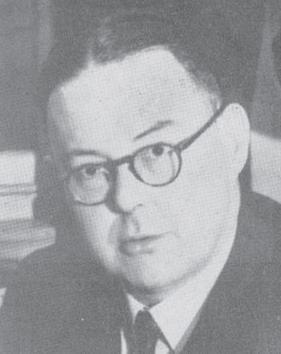This article was republished, with some modifications, as “The Young Postage Stamp Collector shows the Ephemerality of Early Journals” Philatelic Literature Review 72 no. 2 Whole no. 279 (Second Quarter 2023). Philatelic Literature Review is the journal of the American Philatelic Research Library.
The first philatelic journal, The Monthly Advertiser, was published on 15 December 1862. Over the next few decades, until the new century, hundreds of them took birth; most died after a few issues and well within their first year.
These 19th century periodicals were usually not worth the paper they were printed on and and perhaps deserved their inglorious end. Almost all of them were amateurish and contained very little original material. Their format was standard: a column of two on stamp collecting, a bit of gossip, some news especially new stamp issues, a few offers of rare (!) material, advertisements (not all of which were philatelic such as on cycles, umberallas, shoes, jackets, and so on), and the invariable call for sending in the yearly subscription. I wonder whether readers were refunded any amount once the paper closed down!
An analysis (Figure 1) shows that the United States led the way in producing philatelic thrash with just over 3% of journals published up to 1900 existing at the end of 1900. In India, of the eight journals (all published in the 1890s), only two lived to see the 20th century.

The Young Postage Stamp Collector
Years back, when I was browsing the Crawford Catalogue for Indian journals, I came upon an entry (Figure 2) on The Young Postage Stamp Collector.

The description was intriguing – a print run of just “about ten” and issued as a skit by E. W. Wetherell, a renowned philatelist, someone who would edit two of the best journals of their time, The Philatelic Journal of India (PJI) and The Philatelic Journal of Great Britain. I just had to see what was in it!
Unfortunately this journal hadn’t digitised by the British Library (BL); or if it had been, it wasn’t available for download (still isn’t) when I searched the Crawford library using the then recently launched website of Global Philatelic Library. Shortly thereafter, when on a trip to London, I visited the BL and took a scan of this journal. I present its three pages; the fourth is a blank (Figures 3 and 4).


A quick glance brings about déjà vu; any stamp collector of those times would have seen plenty of similar looking periodicals. The Young Postage Stamp Collector mimics and ridicules their layout and contents. It imitates not to flatter but as a parody. Note the deliberately bad English and spelling errors sprinkled throughout.

A search of GPL shows that only copy exists, which is in the BL. However, we know that the library of Thomas William Hall (Figure 5), Past President of The Royal Philatelic Society London (RPSL) and editor of The London Philatelist contained a copy and that his library was donated to the RPSL by Mrs. Hall in October 1937.
Who was Wetherell?
Ernest William Wetherell (Figure 6) was born in London on 12 October 1869. After school, he studied at the Royal College of Science, South Kensington and obtained his A.R.C.S. degree of in 1894. He became a fellow of the Geological Society in 1891.

Wetherell began his philatelic career at the age of five starting with the English 1d reds which he threaded on cotton, instead of using an album! He advanced in his collecting and by the time he finished school he had about 1,700-2,000 varieties in his album. And in some years his collection had grown to 8-9,000 and by 1902 to 35-40,000 items! (this was the way a collector was judged those days – how many specimens / varieties he or she had in his or her collection).
He collected principally Great Britain and European countries and also fiscals, forgeries, and reprints. He later became a specialist in the stamps of Holland.
Wetherell went to India to take the post of 2nd, State Geologist and Assistant Secretary to the Government of Mysore, Geological Department and Professor of Geology at Central College, Bangalore. He started the Bangalore Stamp Club and was its secretary. He later became one of the council members of The Philatelic Society of India. He was a prolific contributor to and later edited its world-class journal – The Philatelic Journal of India – in 1902, 1905, 10 months in 1906, 8 months in 1909, 1910, and the first six months in 1911. However, he fell seriously ill which meant that six numbers of July-December 1911 were never published.
Back in England, he was a regular feature at the meetings of the RPSL; he had been elected a Fellow in 1907. In 1915, the Indian government decided to present the RPSL with nine lithographic stones and four engraved copper plates which had been used in the production of the 1854-55 first issues of India. Wetherell is recorded as being amongst the 18 members and four visitors present when the handover took place on 13 March 1916.

A photograph showing 21 of the 22 was taken on the occasion (Figure 7) but was not annotated to identify the faces. Seen are the President M.P. Castle (seated second from right), the Hon. Librarian L.W. Fulcher (seated second from left), L.L.R. Hausburg who wrote the definitive book on the stamps of British India published 1907 and to whom the offer of the stones and plates were originally made (standing third from left), T.W. Hall (standing fourth from left), E.D. Bacon (standing eight from left), Wilmot Corfield (standing second from right), and Percy de Worms (standing third from right). If I have to make a guess, I would think Wetherell is the one seated first from left.
From 1917-1920, Wetherell edited The Philatelic Journal of Great Britain, the organ of the International Philatelic Union, a organisation of which he was a member since 1887.
Wetherell died on 21 July 1933; he had been plagued by ill-health for a considerable period of time. Upon his death, his wife donated his ‘Study of the 5 ct. Holland of 1872-91’ to the RPSL.
References
- “The Hall Library.” The London Philatelist. XLVII no. 555 (March 1938): 57-58.
- “Notable Philatelists. E. W. Wetherell.” The Philatelic Record. (July 1903): 128-130.
- “Occasional Notes.” The London Philatelist XLII no. 499 (July 1933):166
- “Well-known Philatelists. No. 27-Mr. E. W. Wetherell.” The Philatelic Journal of Great Britain. XII no. 135 (25 March 1902): 33-34.
- Birch, Brian J. 2018. Biographies of Philatelists and Dealers. Montignac Toupinerie, France: The Author http://www.globalphilateliclibrary.org/birch/BiographiesOfPhilatelistsDealers.pdf
- Gilbert-Lodge, L. J. “The Royal Philatelic Society, London. Annual Report for the Season 1933-34.” The London Philatelist. XLIII no. 510 (June 1934): 122:137
- Maassen, Wolfgang, and Vincent Schouberechts. Milestones of the Philatelic Literature of the 19th Century / Les Jalons De La Littérature Philatélique Au XIXe Siécle. Monaco: le Musée des Timbres et des Monnaies de Monaco (=Club de Monte-Carlo), 2013.
- Mann, Eric W. “The Society’s Collections.” The London Philatelist. XLVIII no. 568 (April 1839): 108-112.
- Negus, Ron. “The Gift from India.” The London Philatelist. 110 no. 1286 (June 2011): 143-144.






